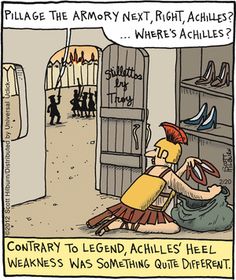100 not out! My 100th blog post

Amazing! I would never have thought that when I qualified as a Physiotherapist back in 2004 that I would write anything other than my patient notes, never mind write a blog! Yet here I am on my 100th blog post! I must say that I enjoy writing them and it is great doing all the research for every post. What I have found trawling through all the latest evidence is that things change, especially since I trained from 2001 to 2004. I would strongly advise any physiotherapist to take up writing a blog because many times over I have actually disproved some of the theories and ideas that I was taught when I was at University. It seems that a decade is a long time in Physiotherapy! It's not all for me though..... Although some articles are complex and probably more tailored to my fellow professionals I hope that some are useful and helpful to my patients and the general public. If anyone wants to give me any feedback or even tell me something that they want me to cover, then I would
